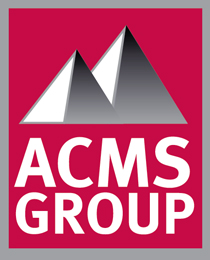The use of gunite and gunite refractory repair and maintenance has expanded significantly with modern steelmaking technology. Years back, forward-thinking builders saw it was likely that gunite would be the only means of maintaining furnaces used for steelmaking to repair them from the uneven wear their linings frequently sustain. But guniting is performed for so many other purposes now, and it’s important for construction companies to understand its importance and uses.
Here’s an overview of what you should know about gunite refractory maintenance in Indiana.
What is guniting?
Guniting is a type of process in which dry mixes get sent at high pressure through a hose, where water is added for moisture, and then sprayed at a surface to which the refractory needs to be applied. It has become quite widely used, thanks in large part to its ability to adhere to a wide range of application surfaces.
It was at the start of the 20th century that teams first began employing the process, alongside “shotcreting,” a similar process involving the use of a wet mix.
It wasn’t long ago that operators in the gunite process performed the task manually, using a handheld nozzle and pointing where repairs are necessary. While this is still done in some gunite applications, for high-heat areas such as refractory furnaces, this is no longer necessary, as robotic devices are able to handle the process to remove some of the risk for maintenance teams.
The process
Beyond having an understanding of what guniting is, it’s important to understand the process and what you must do to accomplish guniting work safely.
For example, anyone manually using guniting equipment should be sure to keep the nozzle as close to a 90-degree angle to the surface as possible. The guniting pattern should be circular, and the operator should not shoot over rebound. One must be careful to make sure any rebound that collects during guniting gets cleaned up immediately, which can be done by shutting off the material and turning up the air pressure to blow out the collected rebound.
In addition, the refractory material must be applied in full thickness in a single pass, rather than being applied in layers. One single solid layer to create the lining without laminations makes for a much more solid and durable result. This is a common mistake made by beginners in the gun
ite process who might think of it as being akin to painting or finishing, where multiple applications are needed in many cases, but it’s not the same thing—you want to apply the material thickly.
When cold guniting, it’s also important to poke vent holes in the material with a steel rod all the way through the full depth of the lining. This venting process ensures there are locations for steam to escape during the heat-up process. If steam doesn’t vent out and the unit heats too quickly, the lining could explode.
For more information about gunite refractory repair in Indiana, contact the team at ACMS Group today.
